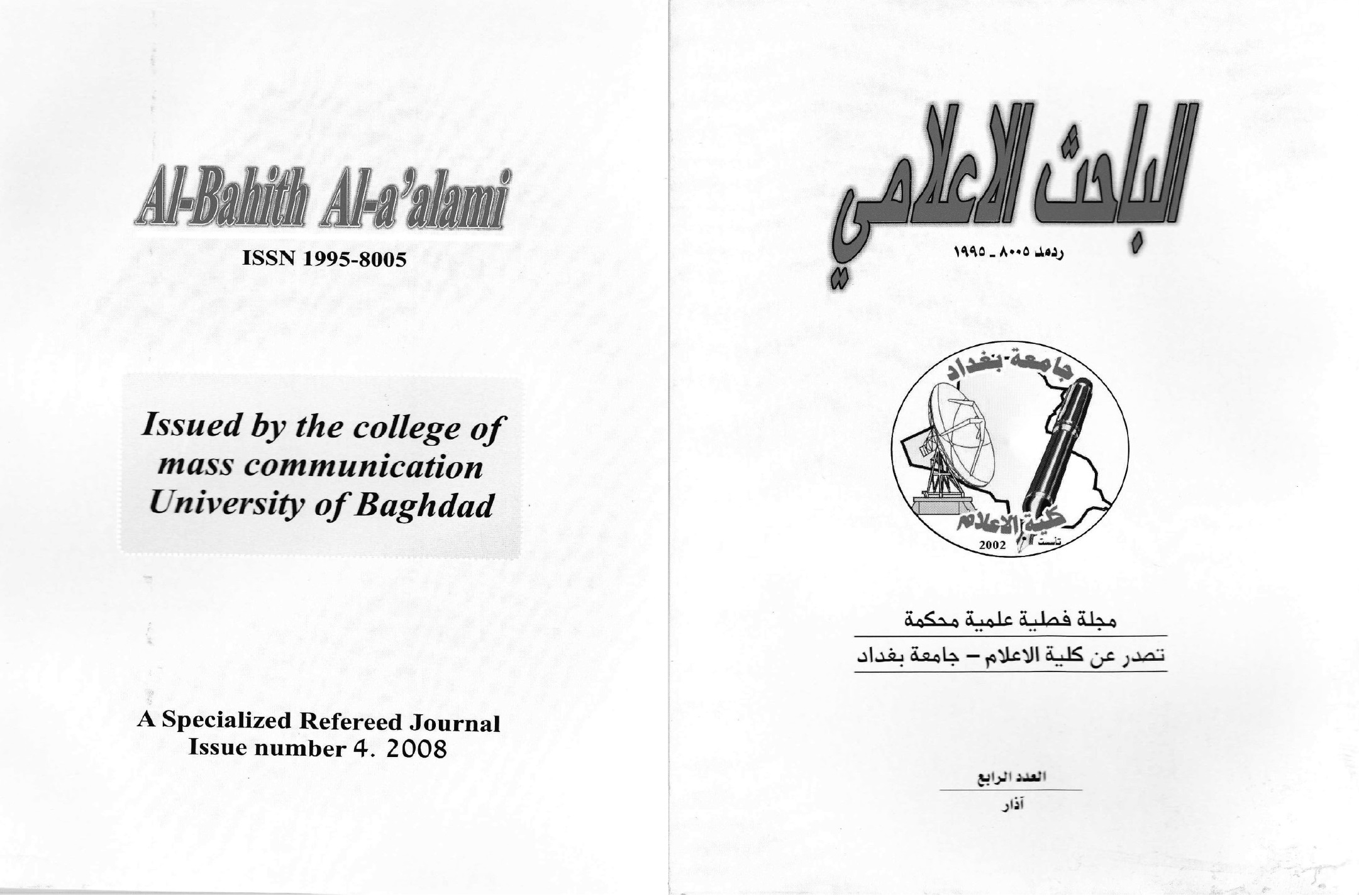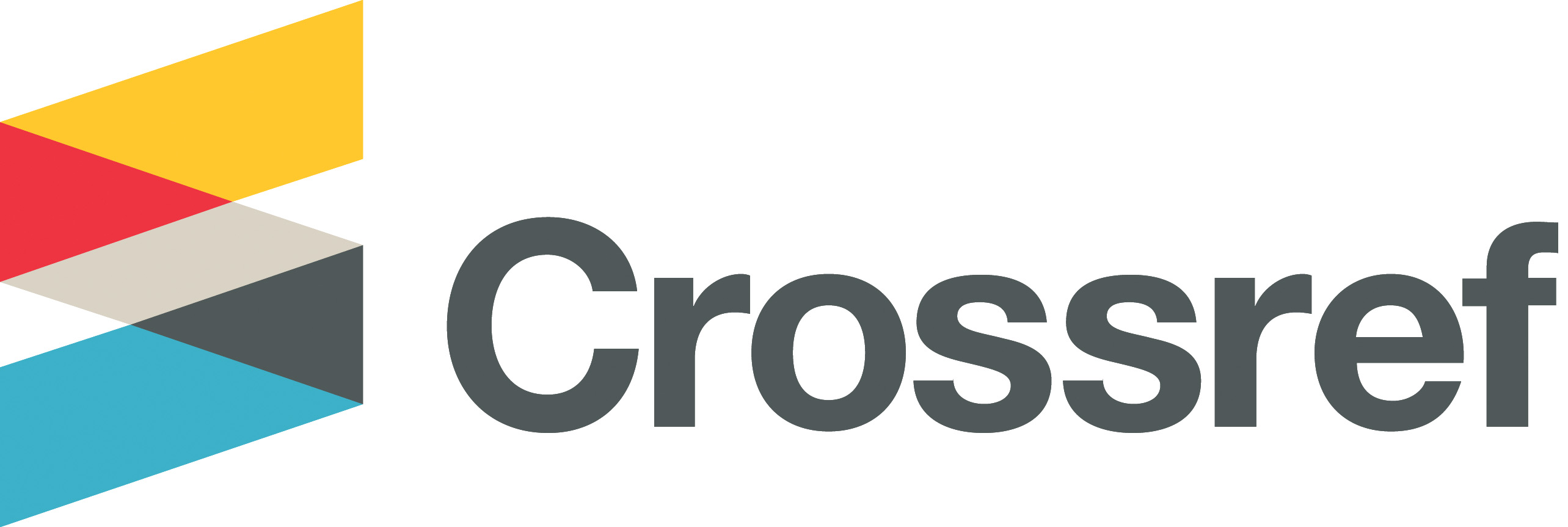THE MENTAL PICTURE OF THE HOUSE OF REPRESENTATIVES AMONG THE IRAQI PUBLIC
(SectionII)
DOI:
https://doi.org/10.33282/abaa.v1i4.470Keywords:
Iraq, Parliament, Public, RepresentativesAbstract
This research is considered as the beginning of other studies about the iraqi the public and their relationship with the various state institutions. Recently, such studies used to be almost non-existent. The main characteristic that distinguishes the scientific studies, is the fact that it involves a specific problem that needs to be studied and analysed from multiple aspects, otherwise the definition of problem identification wouldn’t have been narrowing the topic into what the researcher wants to address, also not what the title is referring to as topics which the researcher doesn’t want to address. The problem in this research resides in the lack of well planned scientific programs that aims at building a positive mental picture about the institutions of the modern state in general, and the house of representatives in particular, and especially that the iraqi citizen is not used yet to the existence of a parliamentary life based on democtratic foundations. In addition, the relationship between the former parliaments and the public has lost confidence as a result of the failure of these parliaments to perform their duties as the public wants, which might badly affect the public’s image of the current parliament. Also, the House of Representatives did not succeed during the first legislative term in providing what the public was expecting, which forced the presidency of the Council to extend the legislative term for an additional month. If the problem of the research was to answer the researcher’s questions or test hypotheses dictated by the requirements of the research to achieve its objectives, this research attempts to test a set of zero hypotheses based on an assumption, which states that the results came from a single community, and therefore there are no differences in the answers of the respondents.
Downloads
Downloads
Key Dates
Published
Issue
Section
License
Copyright (c) 2008 author

This work is licensed under a Creative Commons Attribution 4.0 International License.
Authors retain copyright and grant the journal right of first publication with the work simultaneously licensed under a Creative Commons Attribution License (CC BY 4.0) that allows sharing the work with recognition of authorship and initial publication in ABBA journal.


















